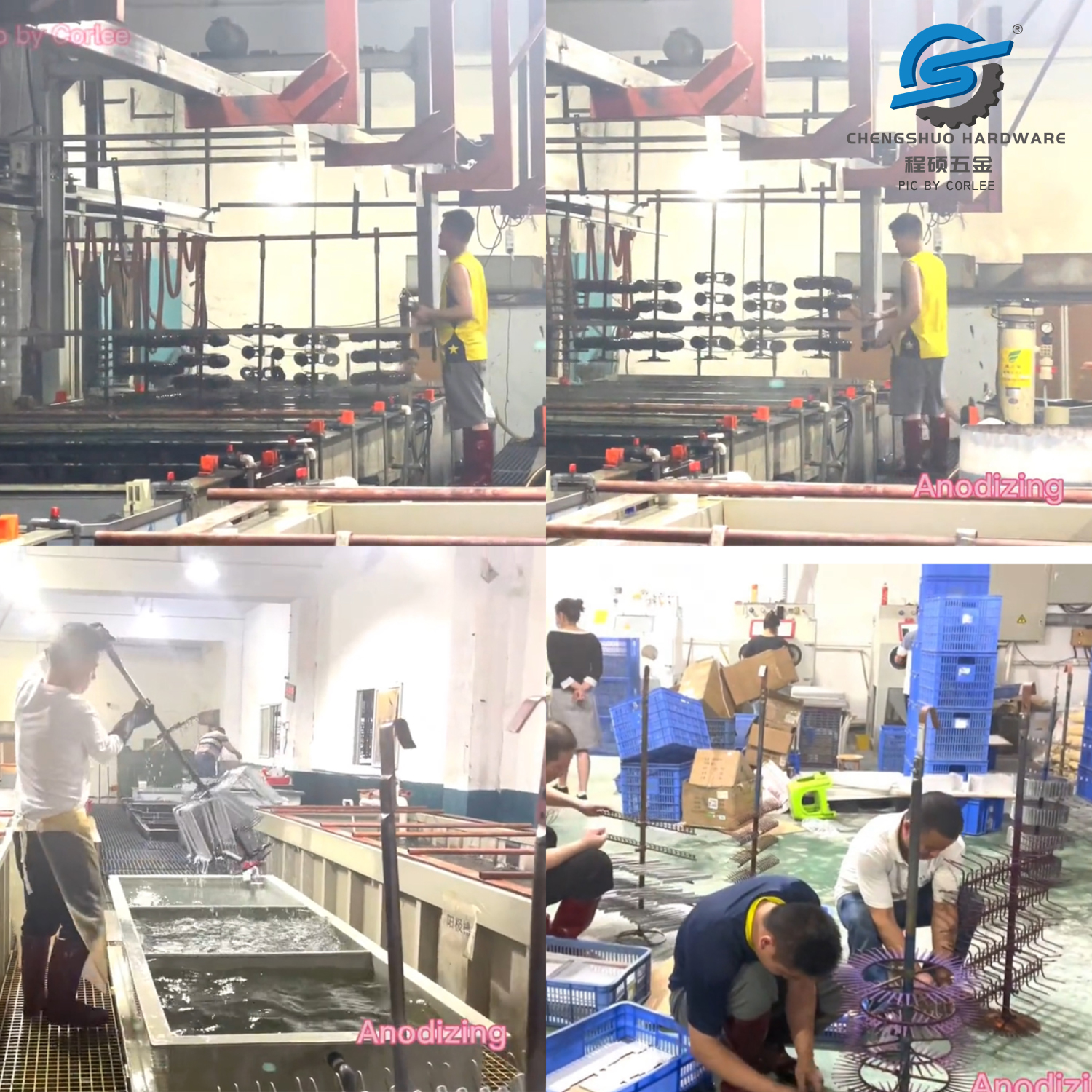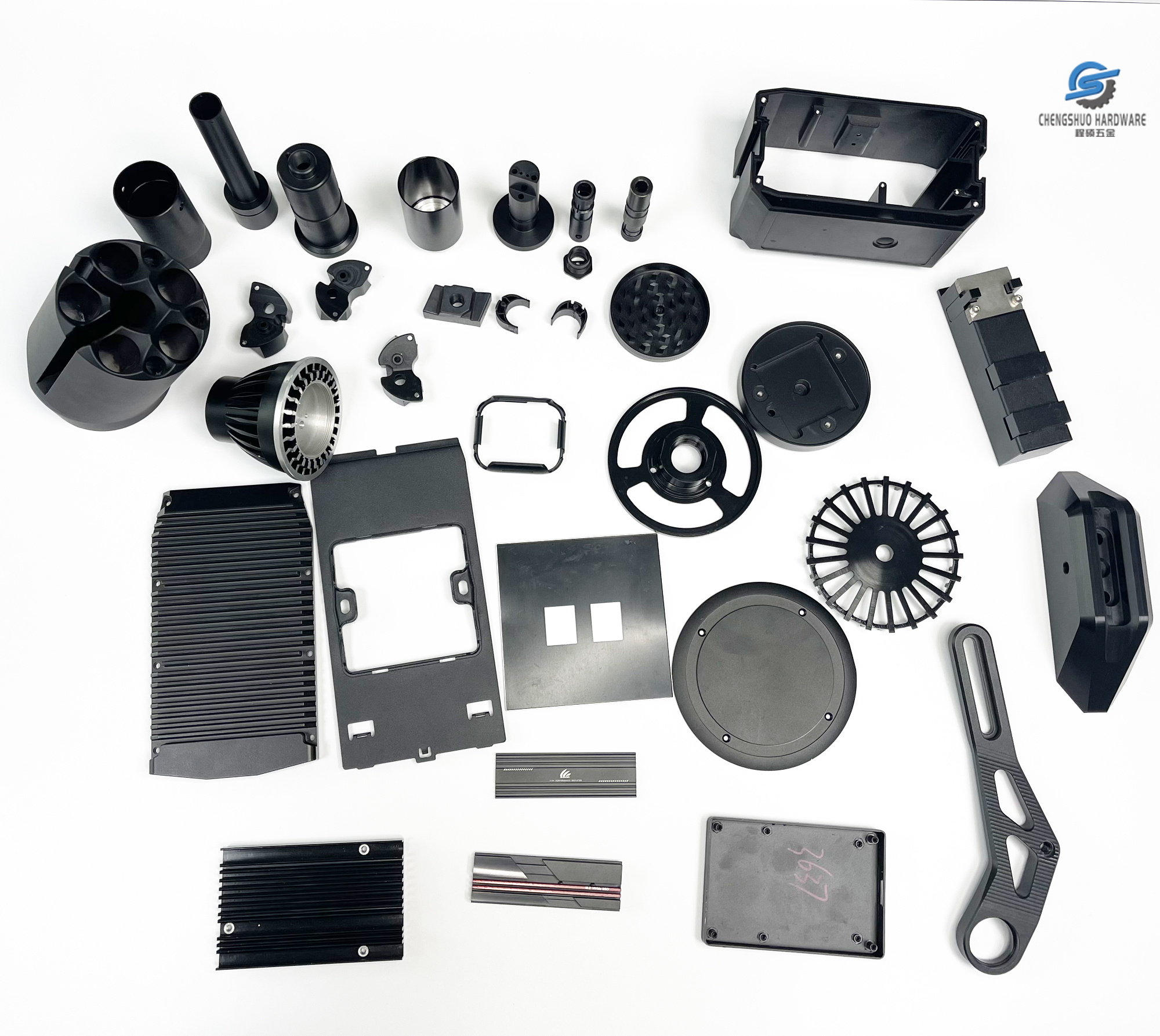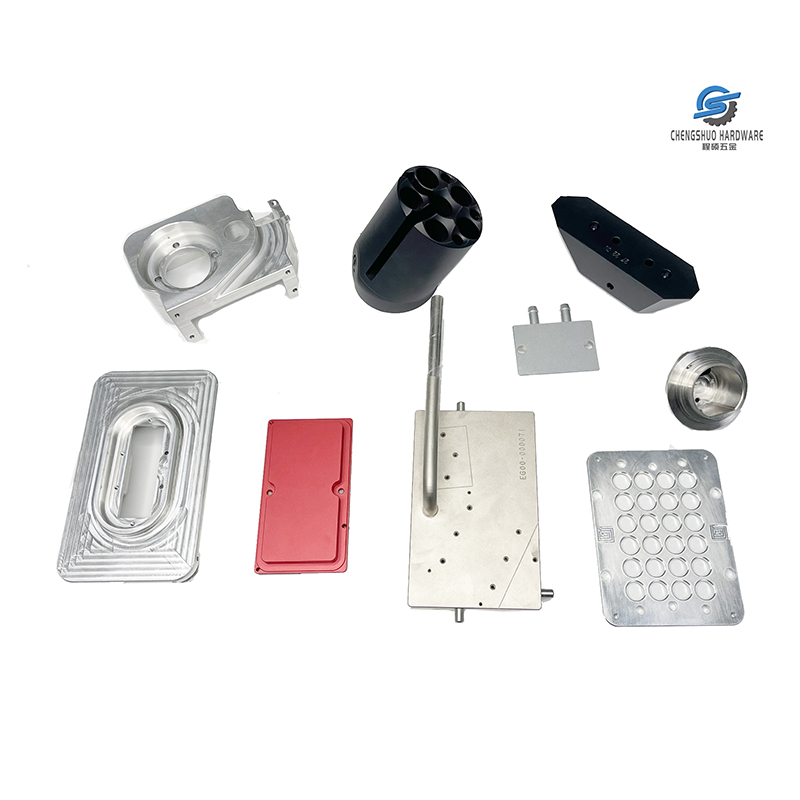Application fields of anodized aluminum oxide
Anodized aluminum oxide has many applications, such as protecting satellites from the harsh space environment. Used for high-rise buildings around the world, providing attractive, least maintained, and highly durable exterior, roofs, curtain walls, ceilings, floors, escalators, lobbies, and stairs in skyscrapers and commercial buildings around the world.
In addition, anodized aluminum oxide is widely used in computer hardware, trade exhibits, scientific instruments, and the expanding structures of household appliances, consumer goods, and building materials.
Considered environmentally safe, with almost no harmful effects on land, air, or water.
Taking aluminum phone cases or hub cases as Cheng Shuo’s case, the commonly used anodizing process is as follows:
1. Mirror anodizing processing technology:
CNC machining → Mirror polishing 1 → Mirror polishing 2 → Mirror polishing 3 → Oxidation → Mirror polishing 4 → Mirror polishing 5 → CNC machining → Secondary oxidation → Anti fingerprint treatment
2. Hard oxidation surface treatment technology
Processing technology: CNC machining → polishing → sandblasting → hard oxidation
Product advantages: The surface hardness of ordinary oxidation of aluminum alloy is around HV200, and the surface hardness of hard oxidation can reach HV350 or above;
The thickness of the oxide film is 20-40um; Good insulation: breakdown voltage can reach 1000V; Good wear resistance.
3. Oxidized surface treatment technology for gradient colors
Processing technology: CNC machining → polishing → sandblasting → gradual oxidation → polishing
Product advantages: The product color ranges from light to dark, with a good sense of color hierarchy; Good appearance with a glossy texture.
4. White oxidation surface treatment technology
Processing technology: CNC machining → polishing → white oxidation
Product advantages: The product color is pure white and has a good sensory effect; Good appearance with a glossy texture.
5. Appearance polishing free high-speed cutting technology
Processing technology: high-speed cutting CNC machining → sandblasting → oxidation
Product advantages: The processing speed of the equipment can reach 40000 rpm, the surface roughness of the appearance can reach Ra0.1, and there are no obvious knife lines on the surface of the product;
The surface of the product can be directly sandblasted and oxidized without knife marks, reducing the polishing cost of the product.
Anodizing process flow of mobile phone battery cover
Mechanical treatment → cleaning → sandblasting → oil removal (acetone) → water washing → alkaline corrosion (sodium hydroxide) → water washing → ash removal (sulfuric acid or phosphoric acid, or a mixture of two acids) → water washing → anodizing (sulfuric acid) → coloring → hole sealing.
Alkali corrosion purpose: to remove the oxide film formed on the surface of aluminum alloy in the air, so as to form a uniform activated surface; Make the surface of the aluminum material smooth and uniform, and remove minor scratches and scratches.
During the alkaline etching process, the metal compound impurities contained in the aluminum alloy hardly participate in the reaction and do not dissolve in the alkaline etching solution. They still remain on the surface of the aluminum material, forming a loose gray black surface layer. Mainly composed of alloy elements or impurities such as silicon, copper, manganese, and iron that are insoluble in alkaline solution. Sometimes it can be wiped off with a damp cloth, but usually it needs to be dissolved and removed by chemical methods, that is, ash removal.
Post time: May-30-2024





